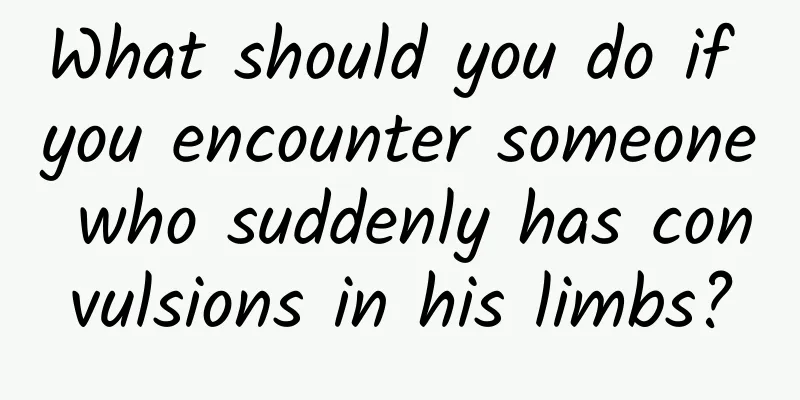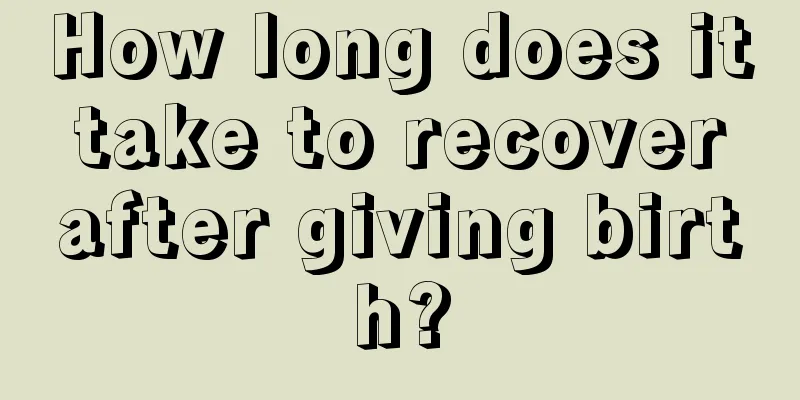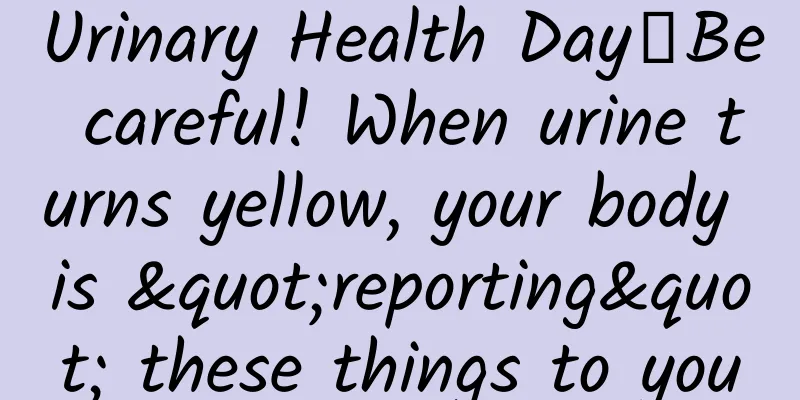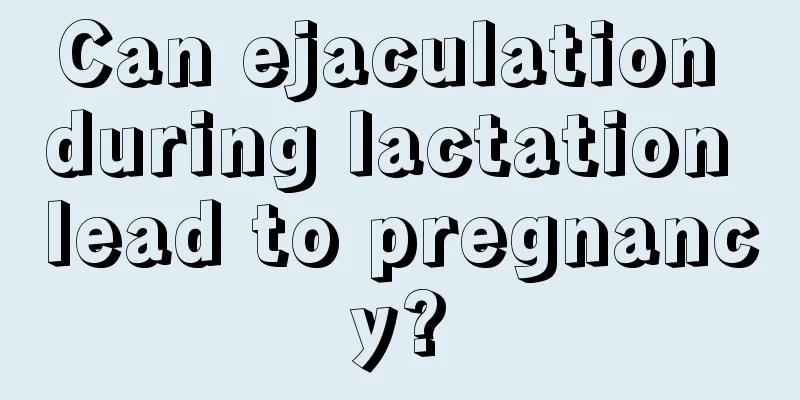What should you do if you encounter someone who suddenly has convulsions in his limbs?

|
Author: Ji Tuo, deputy chief physician of the First Affiliated Hospital of Zhengzhou University Reviewer: Fan Dongsheng, Chief Physician, Peking University Third Hospital Epilepsy, once known as "epilepsy" or "epilepsy", is one of the common diseases in neurology. Its typical symptoms include sudden convulsions of the limbs, foaming at the mouth, clenched teeth, and loss of consciousness. Although this disease is common in children and adolescents, it also occurs in the elderly. So, when we encounter patients with epileptic seizures who suddenly experience convulsions in their limbs and foaming at the mouth in our daily lives, how should we respond? Figure 1 Copyright image, no permission to reprint Some people say that you should shout loudly, shake the patient vigorously, pry the teeth, insert chopsticks, or even risk your life by sticking your fingers into the patient's mouth. Will this work? Epilepsy specialists tell you that this is not only ineffective, but also very dangerous! Figure 2 Copyright image, no permission to reprint The correct approach: Let the patient convulse quietly and safely for a while to prevent injury and keep the airway open! The key points are as follows. (1) Stay calm and don't panic. Help the patient lie on his side or flat with his head tilted to one side to facilitate the flow of oral secretions and avoid choking and suffocation. (2) Loosen the patient's clothing to keep his or her airway open. (3) Remove obstacles next to the patient and make sure to create a "safe" environment so that the patient can "safely" end the seizure. (4) Remember not to put your fingers or any other objects into the patient's mouth, and do not press hard on the patient's limbs to avoid fractures. (5) You should always stay by the patient's side and wipe away oral secretions at any time. (6) After the epileptic seizure stops, the patient will face a period of "post-ictal fatigue" during which the brain is not fully awake. Do not disturb the patient, but stay with him/her until he/she is fully awake. Do not give water, medicine or food by mouth unless the patient is fully awake. (7) Record the time of the patient’s epileptic seizure so that help can only be provided after the seizure stops. Figure 3 Copyright image, no permission to reprint So, when do you need to call the "120" emergency number? In the following situations, you need to send the patient to the hospital. (1) The seizure lasts too long (a single seizure lasts more than 5 minutes). (2) Frequent attacks over a short period of time (more than 3 attacks within 30 minutes). (3) Two consecutive seizures occur within a short period of time and the patient does not regain consciousness during the seizures. (4) The patient has difficulty breathing or is injured, or has other diseases such as diabetes, heart disease, or pregnancy. In summary, when we encounter a patient with epileptic seizures who suddenly twitches their limbs and foams at the mouth, we should first ensure the patient's safety, keep the airway open, prevent tongue bites, avoid strong pressure on the limbs, and call the emergency number for help if necessary. Remember not to panic, stay calm and patient, and provide the patient with necessary help and support. |
<<: Artificial hip replacement: a new look for healthy joints
>>: A stumbling block on the road to fertility? Pituitary microadenoma
Recommend
I get bloating, abdominal pain, and diarrhea after drinking milk. How should I drink milk?
Popular Science Times reporter Chen Jie May 12-18...
How to treat low estrogen in women
The body often has a growth hormone called "...
Do you know how to treat menopausal heat?
During menopause, many people will experience sym...
The reason why menstruation is not clean for more than 20 days
As women, we all know that the status of menstrua...
"Road rage" causes traffic accidents! Please control your temper when traveling during the Spring Festival
“There are thousands of roads, but safety comes f...
Does SUV need front and rear bumpers and sub-bumpers? Why are the front and rear bumpers made of plastic?
SUV is a common type of vehicle on the road, and ...
The impact of pregnant women getting angry on the fetus
Pregnant women must maintain an optimistic and ch...
What are the items for checking irregular menstruation?
Menstrual irregularity is a common disease among ...
Revealing the real culprit of women's private itching
1. The most common local cause is increased leuco...
What are the taboos of taking Chinese medicine for regulating menstruation?
Menstruation is a physiological phenomenon that e...
The significance of five tumor marker tests in women
Unhealthy eating habits, irregular lifestyle and ...
Can I have sex if I have HPV?
HPV is a relatively common viral infection. High-...
What are the symptoms of follicle discharge?
Female pregnancy is a complicated process. In ord...
Temporarily postpone your period
Every girl hopes that her menstrual cycle is norm...
What is the cause of cervical erosion?
Cervical erosion is a gynecological disease that ...









